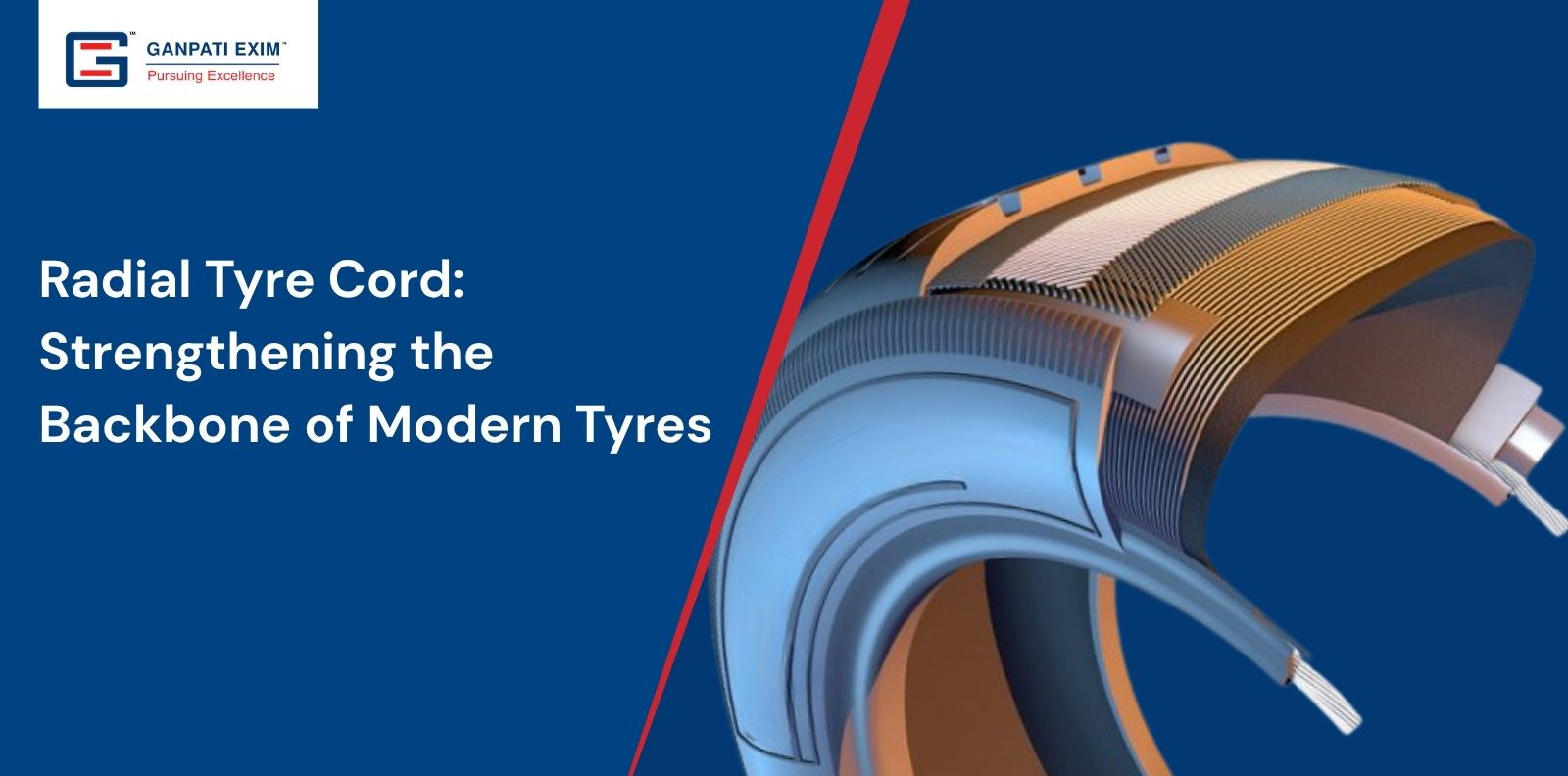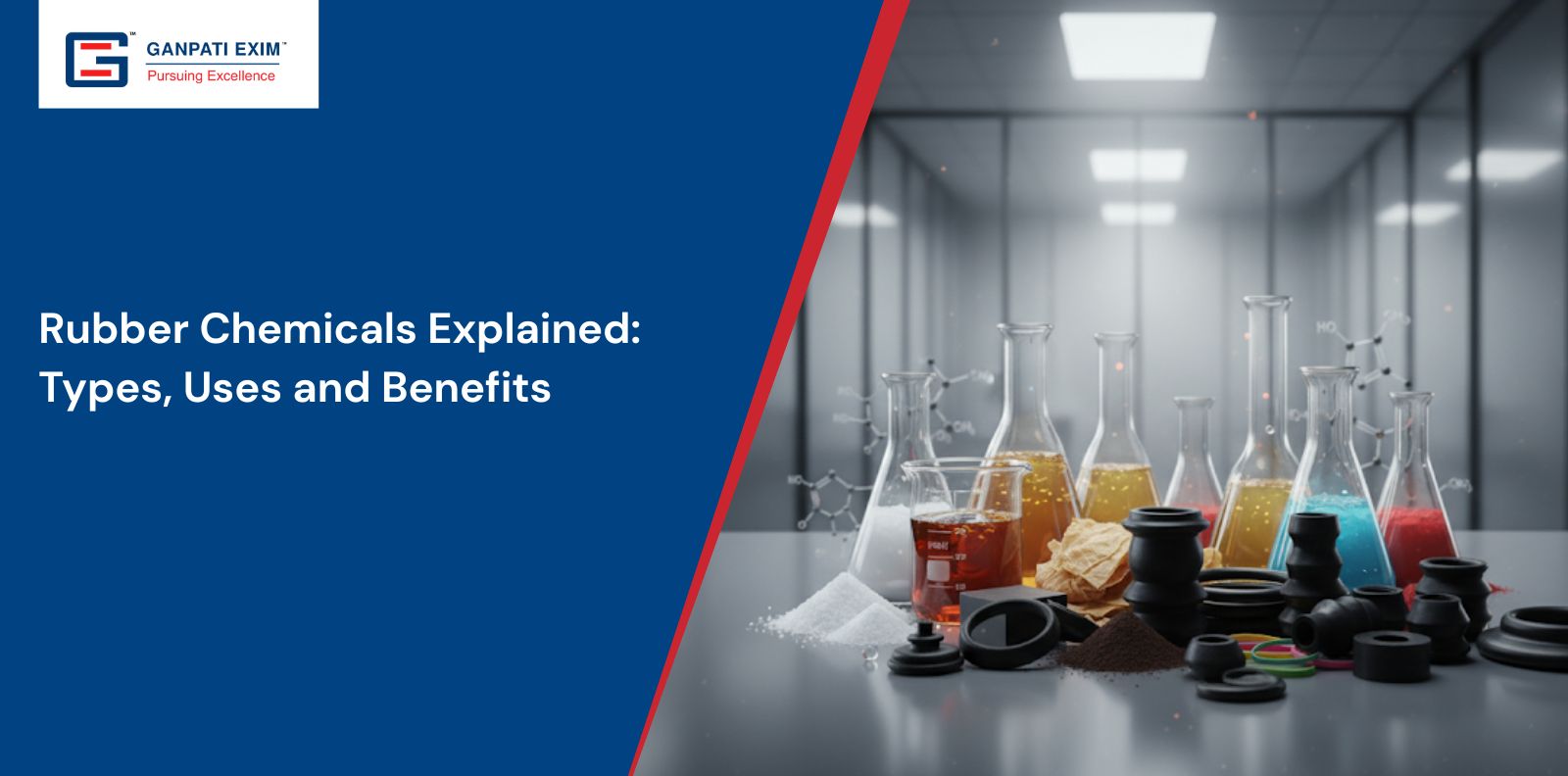
Radial Tyre Cord: Strengthening the Backbone of Modern Tyres
Radial tyres are a cornerstone of modern vehicle performance, offering enhanced tyre strength and durability, superior handling, and a comfortable ride. At the heart of this innovation lies the radial tyre cord, a vital radial tyre reinforcement material embedded within the rubber layers of the tyre. Arranged in a radial pattern from bead to bead, these cords provide the tyre with the flexibility and stability needed to perform efficiently under diverse driving conditions. Whether for passenger cars or heavy-duty vehicles, tyre cords for passenger cars and commercial tyres play a key role in ensuring safety and longevity.
What is a Radial Tyre Cord?
A radial tyre cord is a type of tyre reinforcement material used in radial tyres to enhance performance. Unlike traditional bias-ply tyres, where cords are angled, radial cords run from bead to bead in a radial pattern. This configuration allows the tyre to flex optimally, distribute stress evenly and maintain its structural integrity, resulting in improved tyre strength and durability. These cords are indispensable in both high-performance tyre cords for racing or specialty tyres and standard tyre cords for passenger cars.
Key Characteristics of Radial Tyre Cords
Strength:
Radial tyre cords are designed with high tensile strength to withstand extreme stresses during operation. This ensures tyre strength and durability, even under heavy loads or at high speeds.
Flexibility:
Cords are engineered to bend and adapt to road surfaces, providing flexibility that enhances ride comfort and vehicle handling. This adaptability is critical for both passenger car tyres and truck and bus tyre cords.
Durability:
The cords are abrasion-resistant, allowing tyres to last longer despite constant contact with roads and heavy mechanical stress.
Thermal and Chemical Resistance
Radial cords are resistant to high temperatures and chemicals such as oils and fuels, ensuring consistent tyre strength and durability over time.
Dimensional Stability
They maintain their shape and structure throughout the tyre lifespan, contributing to predictable performance and reliability.
Types of Radial Tyre Cords
Radial cords are manufactured from various materials to suit different tyre requirements:
1. Steel Cord
- Material: High-carbon steel wires
- Characteristics: Exceptional tyre strength and durability
- Applications: Passenger car tyres, trucks and high-performance tyre cords
2. Nylon Cord
- Material: Nylon fibres
- Characteristics: Flexible, lightweight and absorbs shocks
- Applications: Primarily tyre cords for passenger cars and light trucks
3. Polyester Cord
- Material: Polyester fibres
- Characteristics: Balances strength with low elongation, maintains tyre shape
- Applications: Passenger car tyres and some high-performance tyre cords
4. Aramid Cord
- Material: Aramid fibres (e.g., Kevlar)
- Characteristics: Extremely strong yet lightweight, heat resistant
- Applications: Racing tyres, off-road tyres and specialty high-performance tyre cords
Sizes and Layer Configurations
- Diameter: 0.5 mm to 2.5 mm
- Passenger car tyres: 0.8 mm – 1.5 mm
- Truck and bus tyres: 1.5 mm – 2.5 mm
Cord Count & Layers
- Passenger cars: 1–2 strands per layer, 2–3 layers
- Trucks & buses: 2–3 strands per layer, 4+ layers
This variety ensures optimal tyre strength and durability for different applications, from passenger car tyres to truck and bus tyre cords.
Applications of Radial Tyre Cords
- Passenger Car Tyres: Improve handling, ride comfort and structural support with tyre cords for passenger cars
- Truck and Bus Tyres: Designed for heavy loads and high-stress conditions using truck and bus tyre cords
- High-Performance Tyres: Incorporate high-performance tyre cords like steel and aramid for high-speed stability
- Off-Road & Specialty Tyres: Require cords with superior tire strength and durability to withstand extreme conditions

